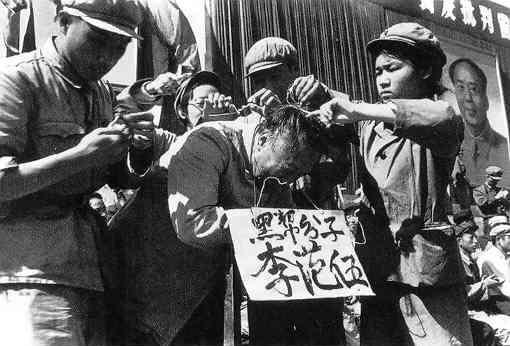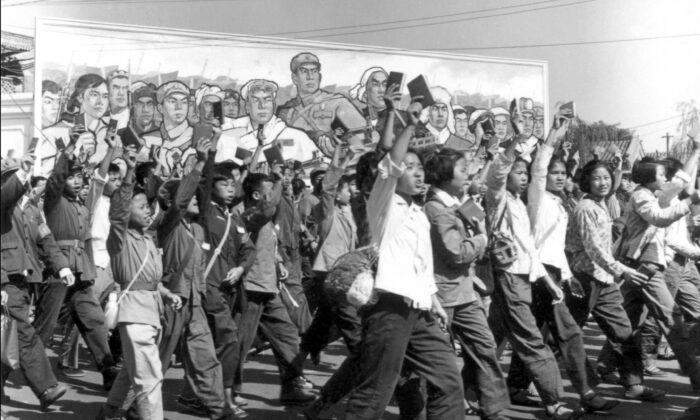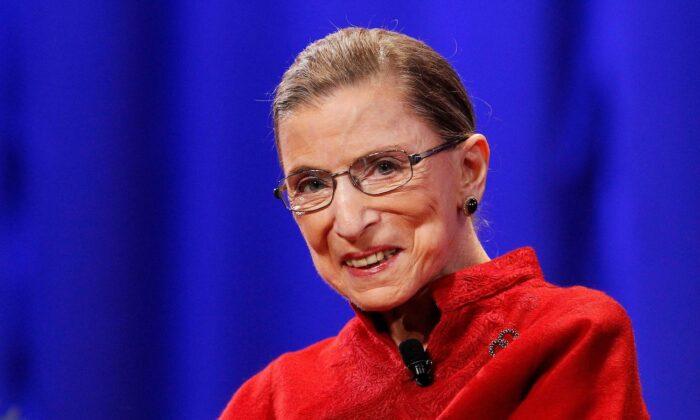The New York Times has recently unveiled a “1619 project” that will, in the words of New York Times editorial board member Mara Gay, demonstrate “that nearly everything that has made America exceptional grew out of slavery.”
If The New York Times’ project is historically accurate, then it will explain that America’s unique arms culture predates slavery, and historically developed in opposition to slavery. By contrast, American gun control had a close connection with slavery and the maintenance of a racial caste system.
Throughout U.S. history, the right to bear arms has been associated with liberty and legal equality, and gun control with the opposite.
The New York Times chose the “1619” name because that was the year the first slaves were imported into British North America, in Virginia. That’s the founding year for gun control in America, with a Virginia statute forbidding blacks and Indians to have arms, unless they were issued a license “to keep and use guns, powder, and shot.”
By contrast, gun rights in America were solidly established before 1619—indeed, before the first colonists landed at Jamestown. When the Virginia colonists set sail from England in 1606, they brought with them the first express written guarantee of arms rights in the English-speaking world, the Virginia Company charter granted earlier that year by England’s King James I.
The king, binding his “Heirs and Successors,” gave “full Power and Authority” to the leaders of the Virginia company and “so many of our subjects as shall willingly accompany them,” for all of them to bring “Armour, Weapons, Ordinance, Powder ... for their Use and Defence there.” Virginians were guaranteed a perpetual right to import “Armour, Munition,” and other items for “Defence or otherwise.” The New England Company’s 1620 charter contained a similar guarantee. The territorial bounds of the Virginia and New England charters covered all of what would become the continental United States.
A Change of Culture
Almost as soon as the English colonists had landed in Virginia and New England, their arms culture began to change. As of the early 17th century, most Englishmen couldn’t shoot a firearm accurately, nor did they need to. European battles were fought by two armies lining up opposite each other, and just shooting volleys in the general direction of the closely packed troops of the enemy.By contrast, American Indians were outstandingly accurate with their bows, and quickly applied the same skills to firearms, which were their favorite good to obtain in trade with the colonists. Unlike Englishmen, Indians could shoot while moving and could hit mobile targets. Instead of open-field battles, Indians fought with quick raids and ambushes.
To survive Indian attacks, the colonists had to master the same skills. The colonists also needed to learn accuracy and mobility for hunting. While hunting in England was allowed only for the aristocracy, hunting in America was legal for everyone, and often necessary to put food on the table.
By necessity, early Americans began to shift from the most common firearm type, the matchlock, which is ignited when the trigger lowers a slow-burning cord of hemp rope to touch a pan of gunpowder. The matchlock was impractical to keep in a constant state of readiness for defense against a surprise attack. The burning cord also revealed the location of the matchlock user. That didn’t matter in European infantry battles, but was a fatal flaw in America, where fighting often took place in the woods, with both sides hiding behind natural cover. Concealment problems also made the matchlock inferior for hunting.
So Americans in the 17th century replaced their matchlocks with a more expensive gun, the flintlock. It’s ignited by sparks from flint striking steel. The flintlock could be kept loaded and ready 24/7, and it didn’t reveal the user’s location until it was fired. The most famous early adopter of a flintlock was Captain Myles Standish, a former professional soldier who was a military leader of Plymouth Colony in 1620. There were no slaves in Plymouth then.
In short, American gun culture originated as an Anglo-Indian hybrid. The English brought the guns, and the Indians demonstrated the gun-wielding skills that the colonists had to learn to imitate.
The cult of accuracy was maintained by superior American marksmanship in the many colonial wars—against the French, in the American Revolution, the War of 1812, the Texan War of Independence, and the constant frontier struggles with the Indians.
Racist Gun Control
Unlike American gun culture, gun control in America did grow out of slavery. Most colonies at one time or another attempted to limit arms sales to hostile Indians, which were, legally speaking, foreign nations. None of these gun controls had much success.But gun controls for blacks were a different matter.
The colonies with large slave populations also had significant populations of free blacks. South of the Mason-Dixon line, various laws were enacted against unauthorized arms possession by slaves, and sometimes against free blacks as well. In the South, slave patrols searched slave quarters to look for unauthorized arms.
Today, some people believe a bogus theory that the Second Amendment was created for the sole purpose of suppressing slave insurrections. But this can’t explain the ardent support for arms rights in Massachusetts, where slavery had already been abolished by 1791, or in Pennsylvania, where slavery was rare and already on its way to extinction.
Soon after the Confederacy surrendered in 1865, Frederick Douglass warned that even after slavery was abolished (as it would be, by the Thirteenth Amendment later that year) the slave states would try to keep the ex-slaves in de facto servitude. Douglass explained the need for federal law to stop state and local governments from infringing the freedmen’s rights. Until there was a new constitutional amendment to make states obey the Second Amendment, “the work of the Abolitionists is not finished.”
Douglass was right. The former slave states quickly enacted laws banning firearms possession by blacks, or allowing such possession only with a government license. The Reconstruction Congress responded vigorously. The Second Freedmen’s Bureau Bill, the Civil Rights Act, and then the Fourteenth Amendment were all enacted with the express purpose of wiping out southern gun control.
Once racially explicit gun laws were forbidden by the Fourteenth Amendment and other federal laws, devious white racist legislatures took an indirect approach. In South Carolina, the law against concealed carry was often ignored for whites, and ruthlessly enforced against blacks. Tennessee and Arkansas outlawed all handguns except the “Army & Navy” models. So former Confederate soldiers could keep their large and expensive handguns, while poor blacks were deliberately priced out of the handgun market.
In the early 20th century, Southern-style racist gun control spread north, now aimed at recent immigrants. A New York Times editorial of Jan. 27, 1905, urged the adoption of handgun licensing as “corrective and salutary in a city filled with immigrants and evil communications, floating from the shores of Italy and Austria-Hungary.”
If The New York Times’ “1619 Project” is accurate, it shows that America’s exceptional culture of gun rights grew independently of slavery, whereas American gun control started with slavery in 1619. Like many arms controls around the world, from ancient times to the present, the controls were to ensure that subservient populations stayed subservient.





